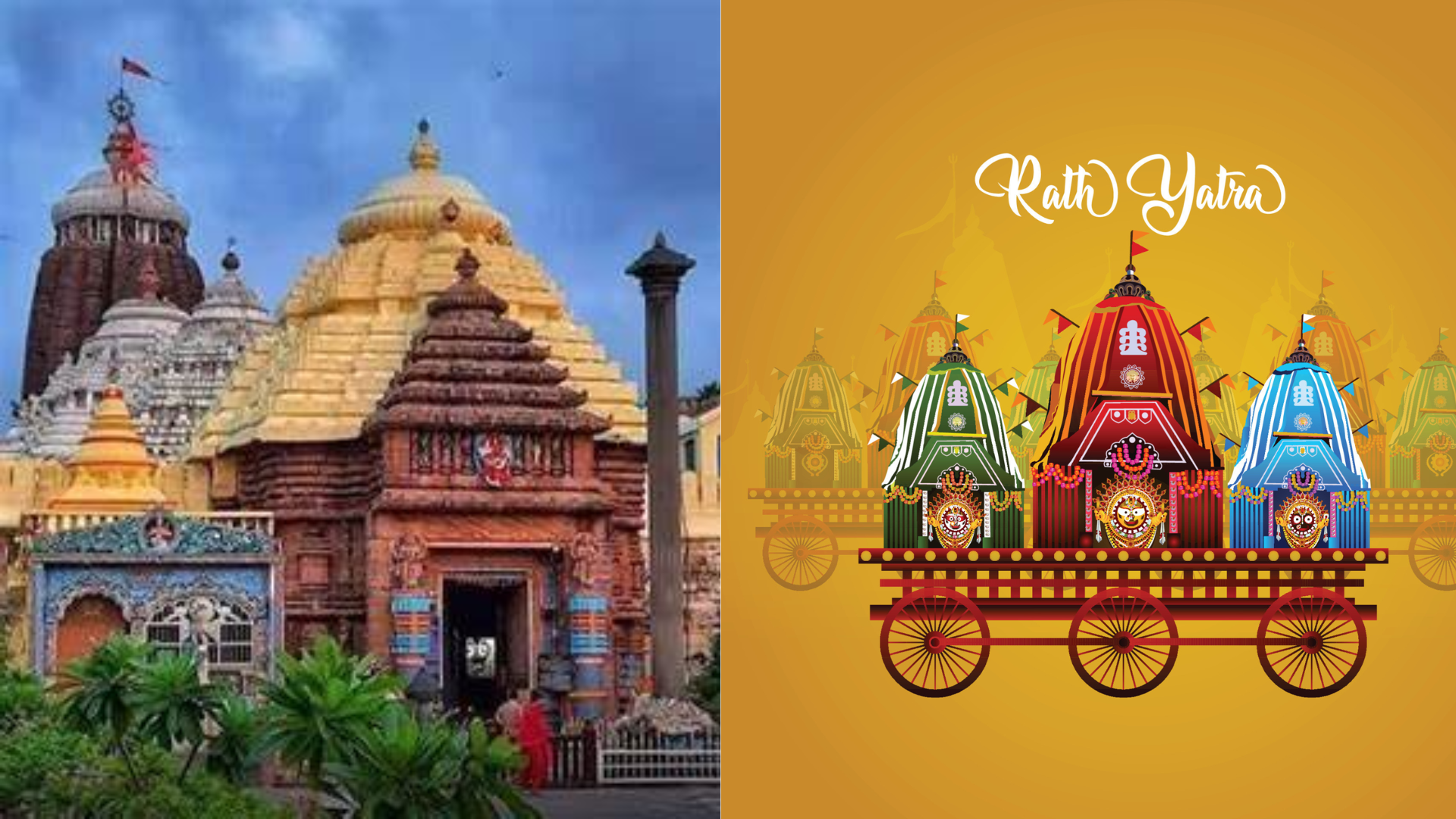“On 9th July, a duplicate key will be presented, and an SOP will be made. If the duplicate key doesn’t work, the lock will be broken.” These words from Biswanath Rath, Chairman of the newly formed panel, indicate that the Ratna Bhandar, the treasury of Jagannath Temple in Puri containing jewelry and other valuables of the holy trinity, will be opened for inspection. The duplicate keys will be made because the real keys have been missing for the last six years.
#WATCH | Puri, Odisha: Biswanath Rath, Chairman of new panel formed for the reopening of Jagannath temple’s ‘Ratna Bhandar’ says, ” A meeting took place today, detailed discussions happened…On 9th July, duplicate key will be presented and an SOP will be made. If the duplicate… pic.twitter.com/H7U2PYnFnX
— ANI (@ANI) July 6, 2024
The Jagannath Temple, located in Puri, Odisha, is one of the most revered temples in India. Dedicated to Lord Jagannath, an incarnation of Lord Vishnu, this temple is not only a place of worship but also a significant historical monument. One of the temple’s most mysterious and sacred chambers is the ‘Ratna Bhandar,’ which translates to the ‘Treasury of Gems.’
The Ratna Bhandar has been locked for many years, and its contents are a subject of great intrigue. It is believed to house invaluable treasures, including precious gems, gold, and silver, which have been offered to the deities over centuries. Recently, there has been a renewed interest in reopening the Ratna Bhandar, leading to the formation of a new panel to oversee this significant task.
Story, rituals and preparations
This year’s grand Rath Yatra of Lord Jagannath will take place in Puri on July 7 and 8, 2024. For the first time in 53 years, the Rath Yatra, Netra Utsav, and Nabajaubana Darshan will align on July 7th, coinciding with a holy event. The deities will then be transported to the Shree Gundicha Temple located about 3 kilometers away on July 8th.
Centuries of history and culture have been Spend in the Rath Yatra. Hindu legend states that every year during Rath Yatra, Lord Jagannath, a manifestation of Lord Vishnu, pays a visit to his aunt’s shrine in the Gundicha shrine.
The Puri Rath Yatra, also known as “Ratha Prathistha,” begins with invoking the gods through unique prayers and rituals. Subhadra, Lord Jagannath, and Balabhadra, the three main deities, are then seated in their individual chariots. These elaborately adorned chariots, known as “Badadanda,” are then pulled through the streets of Puri. The most exciting part of this event is “Ratha Tana,” the pulling of the chariots. Devotees from all over the country come with a sincere desire to participate in pulling the Lord’s chariot, as it is considered a deeply sacred act.
Local artists decorate the three wooden chariots. Lord Jagannath’s chariot, the largest, boasts 16 enormous wheels and stands at a height of 44 feet. Lord Balabhadra’s chariot features 14 wheels and stands 43 feet tall, while Goddess Subhadra’s chariot is 42 feet tall and has 12 wheels.
Approximately two weeks before the Rath Yatra, a sequence of rituals takes place. Among these, the renowned Snana Yatra stands out, during which the deities undergo a ceremonial bathing involving 108 pots of water. Following this ritual, it is believed that due to the extensive bathing, the deities fall ill and are secluded in isolation. This period is known as Anasara, during which devotees are unable to have darshan (sight) of them.







